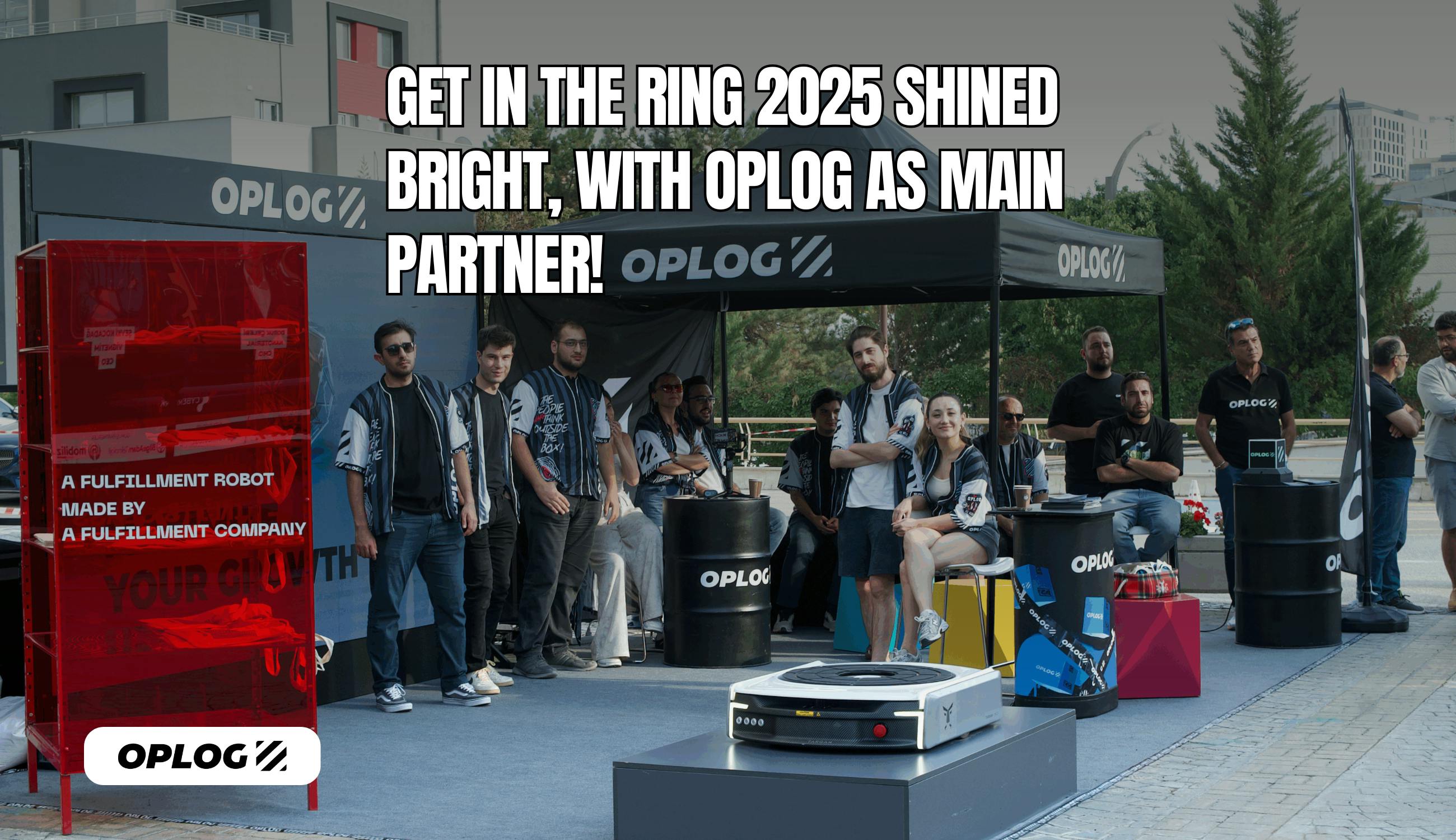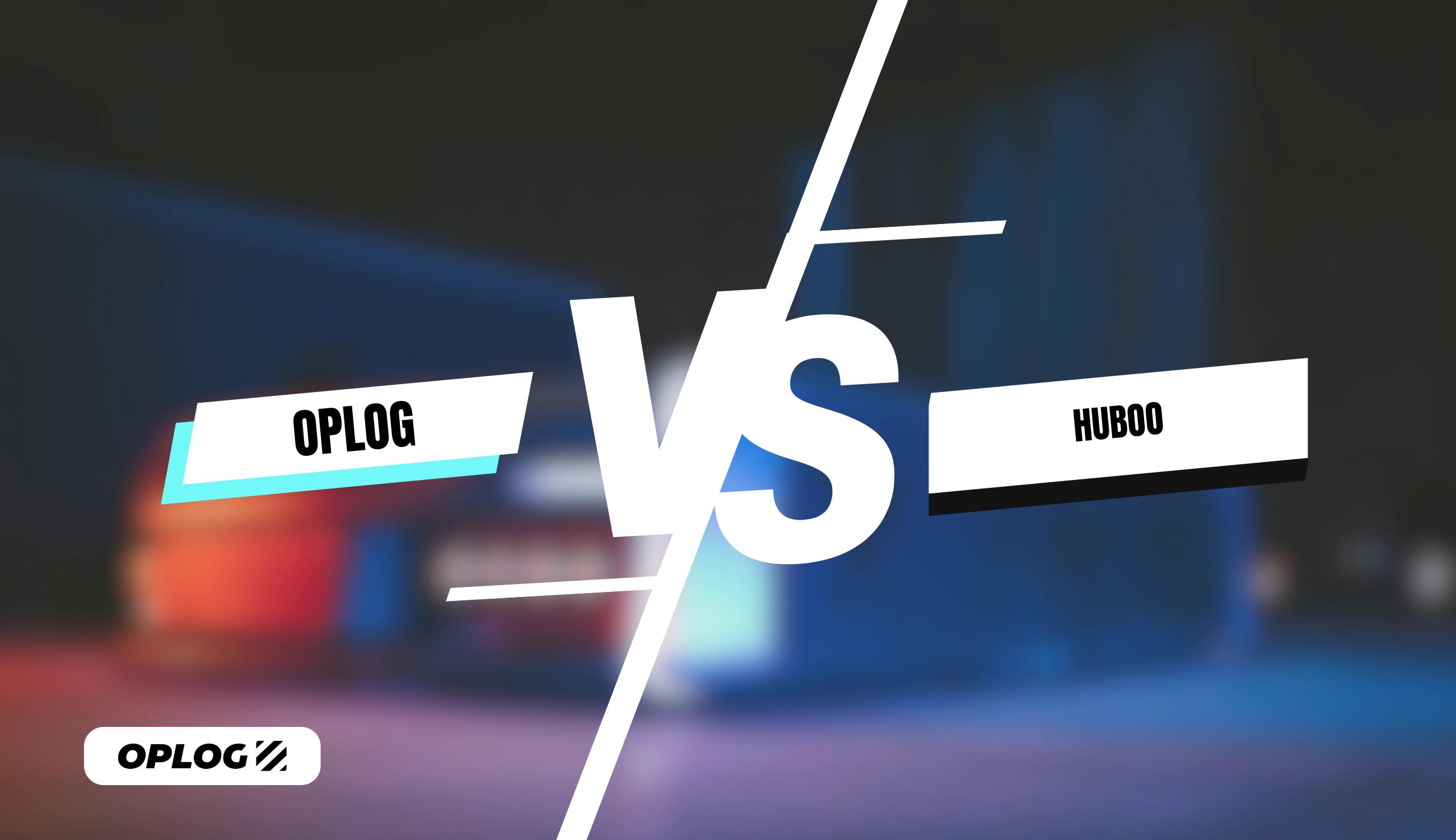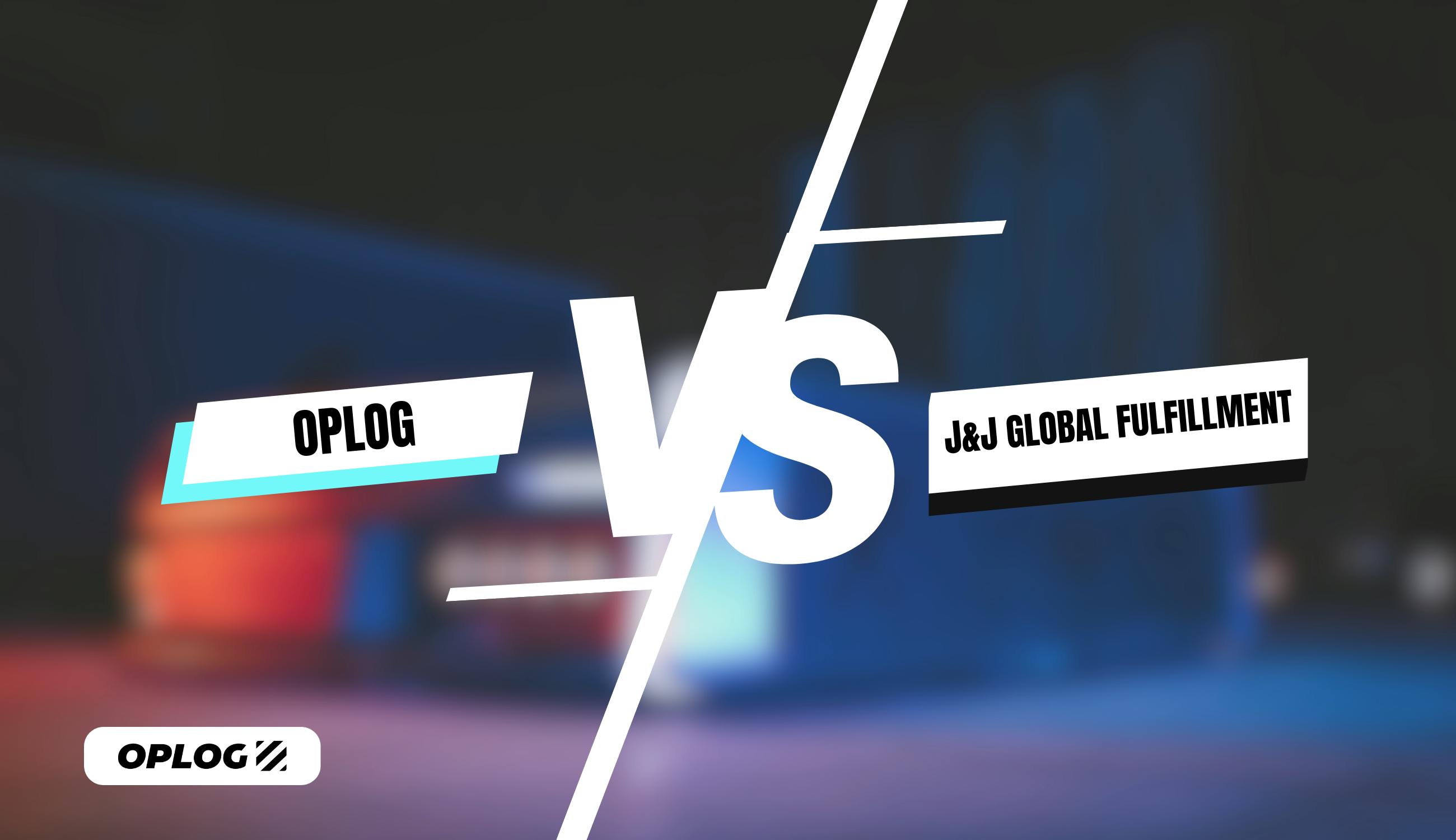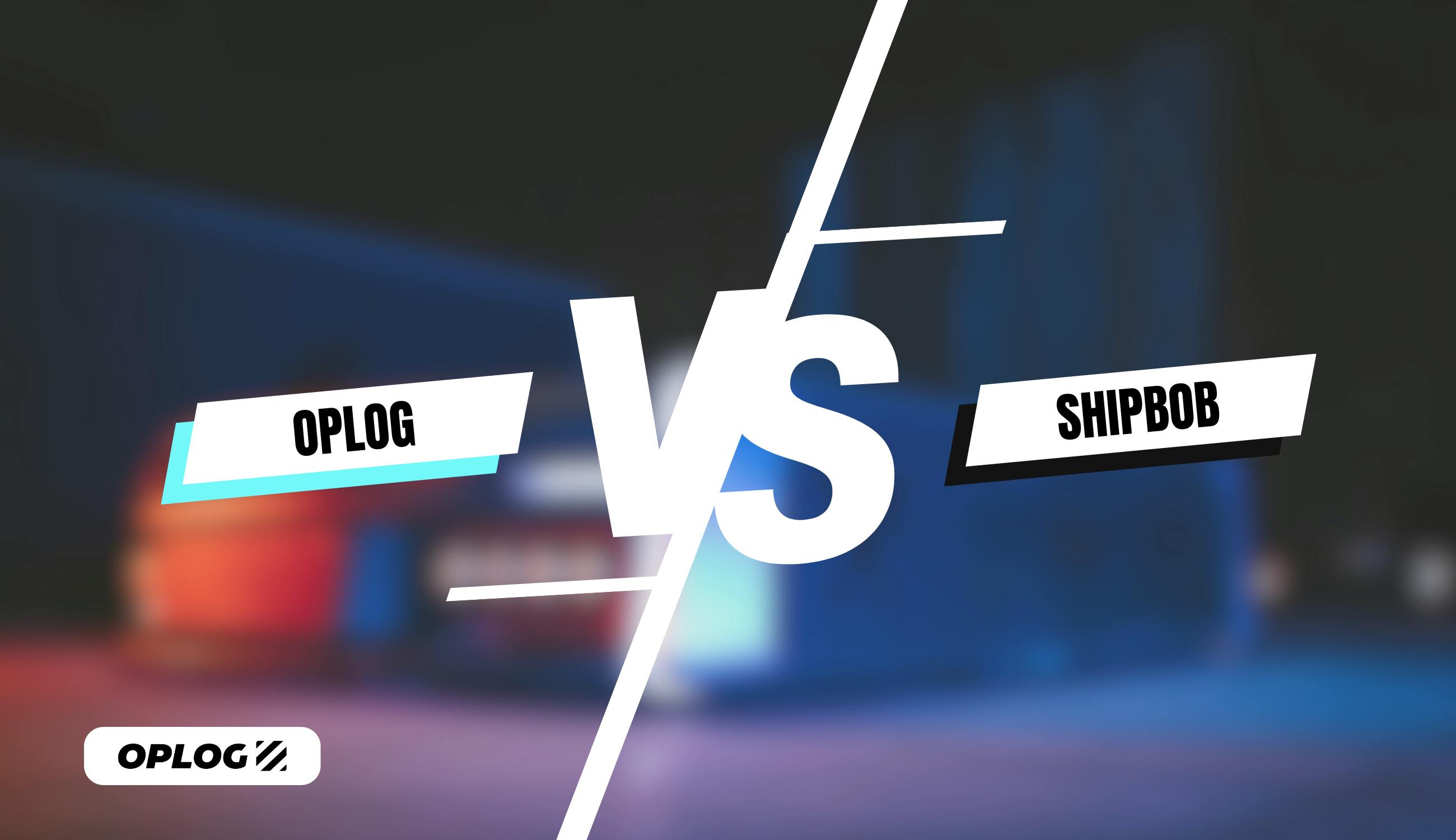The UK footwear industry confronts significant fulfillment complexities stemming from extensive SKU variations, seasonal demand fluctuations, and high return rates. As warehouse automation accelerates across the sector—with Impact Express research indicating that over 85% of UK fulfillment centers are projected to implement AI-assisted or fully automated systems by 2030—footwear brands face an urgent imperative to modernize their operations to maintain competitive advantage in an increasingly automated marketplace.
The sector's unique complexities—from managing thousands of SKUs across sizes and styles to handling seasonal spikes and return-heavy workflows—demand more than traditional warehousing solutions.
Robotic fulfillment has emerged as the game-changing answer, offering precision, scalability, and cost-effectiveness that manual operations simply cannot match. For UK footwear brands, this isn't just about keeping up with technology trends—it's about survival in an increasingly demanding market.
The Unique Challenges of Footwear Fulfillment
SKU Complexity That Multiplies Fast
Every footwear style comes in multiple sizes, colors, and sometimes width variations. According to industry practice, each combination of size, color, and style requires a unique SKU code for accurate inventory tracking, with major footwear retailers managing tens of thousands of individual SKUs across their product ranges. For brands carrying hundreds of styles, this translates to managing 20,000+ unique product variations across their inventory.
This complexity creates several operational headaches:
- Storage Density Issues: Unlike apparel that can be hung or folded, shoes require individual box storage, consuming significant warehouse space
- Picking Accuracy Challenges: Manual pickers face higher error rates when distinguishing between similar styles in different sizes
- Inventory Visibility Gaps: Tracking stock levels across thousands of SKUs becomes increasingly difficult without automated systems.
Seasonal Demand Swings Hit Hard
UK footwear sales follow predictable seasonal patterns, but the amplitude of these swings can devastate unprepared fulfillment operations. Industry analysis reveals that footwear demand follows distinct seasonal patterns, with certain categories experiencing significant fluctuations between peak and off-peak periods. For example, back-to-school periods can generate 50-60% of monthly revenue for children's footwear retailers, while seasonal downturns may result in sales decreases of 30% or more during off-peak months.
Summer vs. Winter Dynamics:
- Sandals and lightweight footwear surge from April to August
- Boots and winter shoes dominate October through February
- Back-to-school periods create sudden spikes in children's footwear
- Holiday seasons bring gift-buying rushes
Traditional fulfillment centers struggle to scale workforce and capacity quickly enough to handle these fluctuations cost-effectively.
Return Rates That Strain Operations
Footwear suffers from some of the highest return rates in e-commerce. According to industry research, footwear has one of the highest e-commerce return rates, with studies showing online shoe return rates ranging from 18-35%, significantly higher than the overall e-commerce average of 16.5%.
Why Returns Are So High:
- Sizing Issues: Different brands have inconsistent sizing standards
- Fit Preferences: Width, arch support, and comfort vary greatly between individuals
- Bracketing Behavior: Customers ordering multiple sizes with the intention of keeping only one
- Style Disappointment: Online images don't always convey texture, actual color, or build quality
Each return requires reverse logistics, quality inspection, restocking, and often results in unsellable inventory due to wear or damage.
How Robotics Transforms Footwear Fulfillment
Precision Picking Eliminates Human Error
Robotic systems excel at the precise, repetitive tasks that challenge human workers in footwear fulfillment. Automated picking systems use barcode scanning, RFID technology, and computer vision to ensure the correct size and style every time.
Key Advantages:
- 99.9%+ Accuracy Rates: Robots consistently outperform manual picking accuracy
- Size Verification: Automated systems double-check size labels and product codes
- Style Confirmation: Computer vision can verify color and design details
- Damage Detection: Cameras can identify box damage or quality issues during picking
Dynamic Scaling Handles Seasonal Spikes
Modern robotic fulfillment systems offer something traditional warehouses cannot: instant scalability. During peak seasons, additional robots can be rapidly deployed and scaled through RaaS (Robotics as a Service) models, allowing warehouses to expand their robotic fleet in days rather than weeks, with some systems offering near-instant scalability at the click of a button.
Scalability Benefits:
- Modular Capacity: Add more robots during high-demand periods
- 24/7 Operations: Robots work continuously during peak seasons
- Predictable Costs: No overtime, holiday pay, or temporary staffing complications
- Rapid Deployment: Scale up or down based on real-time demand data
Efficient Returns Processing
Robotic systems excel at the quality control and re-stocking processes that returns require. Automated inspection stations can quickly assess returned items and route them appropriately.
Returns Optimization:
- Quality Assessment: Computer vision identifies wear, damage, or defects
- Rapid Restocking: Items that pass inspection are immediately returned to sellable inventory
- Damage Routing: Defective items are automatically sorted for disposal or refurbishment
- Data Collection: Returns data helps improve product descriptions and sizing guides
Real-World Impact: Robotics in Action
Autonomous Mobile Robots (AMRs) for Footwear
AMRs navigate warehouse floors independently, transporting shoe inventory between storage and picking stations. Unlike traditional conveyor systems, AMRs adapt to changing warehouse layouts and seasonal product mixes.
Case Example: AMR implementations have achieved over 350+ picks per operator per hour compared to below 100 picks per hour with previous systems, while Locus Robotics customers reported productivity improvements from 78 to 150 units per hour.Multiple case studies demonstrate 99%+ picking accuracy through AMR systems with integrated validation technologies.
Automated Storage and Retrieval Systems (AS/RS)
AS/RS systems maximize vertical storage space while providing rapid access to any SKU. For footwear brands dealing with bulky shoe boxes, this technology dramatically improves storage density.
Space Efficiency: AS/RS systems can increase storage density by 300-400% compared to traditional racking, crucial for expensive UK warehouse real estate.
Robotic Arms for Specialized Tasks
Advanced robotic arms handle delicate tasks like shoe box placement, package assembly, and quality inspection. These systems adapt to different box sizes and shapes without reprogramming.
The OPLOG Advantage: Purpose-Built for Fashion Brands
OPLOG understands that UK footwear brands need more than generic warehouse automation. Our robot-native infrastructure is specifically designed for the complexities of fashion and footwear fulfillment.
Tailored Solutions for Complex SKUs
Our proprietary robots handle the unique challenges of footwear inventory:
- Multi-Size Management: Specialized algorithms optimize storage and picking for size-variant products
- Style-Specific Handling: Different robots handle different footwear categories (trainers, formal shoes, boots)
- Seasonal Adaptation: Inventory positioning automatically adjusts based on seasonal demand patterns
Return-Heavy Workflow Optimization
OPLOG's systems are built to handle high return volumes efficiently:
- Quality Control Integration: Automated inspection systems assess returned items immediately upon receipt
- Rapid Restocking: Items that pass inspection are back in sellable inventory within hours
- Data Integration: Returns data feeds back into demand forecasting and product development
Pay-As-You-Go Flexibility
Traditional warehouse automation requires massive upfront investment. OPLOG's model allows brands to scale fulfillment capacity based on actual demand:
- No Fixed Infrastructure Investment: Brands pay only for capacity used
- Seasonal Scaling: Increase robotics capacity during peak periods, scale down during slower months
- Performance-Based Pricing: Pay based on orders processed, not warehouse square footage
Faster Delivery Without Compromise
OPLOG's distributed fulfillment network ensures UK footwear brands can offer same-day and next-day delivery without sacrificing accuracy:
- Regional Distribution: Multiple fulfillment centers across the UK reduce delivery distances
- Predictive Inventory: AI algorithms position inventory closer to anticipated demand
- Real-Time Routing: Orders automatically route to the optimal fulfillment location
Implementation Strategy for UK Footwear Brands
Phase 1: Assessment and Planning (Months 1-2)
Start with a comprehensive analysis of current fulfillment performance:
- SKU Analysis: Map current inventory complexity and identify optimization opportunities
- Peak Demand Modeling: Analyze seasonal patterns and capacity requirements
- Returns Analysis: Understand current return patterns and processing costs
- Cost Baseline: Establish current fulfillment costs per order and per return
Phase 2: Pilot Implementation (Months 3-4)
Begin with a controlled pilot covering a subset of SKUs:
- Core Product Lines: Start with best-selling or highest-margin products
- Single Season: Implement during a lower-demand period to allow system tuning
- Limited Geography: Begin with one region to minimize complexity
- Performance Tracking: Establish KPIs and measurement systems
Phase 3: Scaled Rollout (Months 5-8)
Expand robotic fulfillment across the full product range:
- Full SKU Integration: Add remaining product lines and seasonal items
- Peak Season Testing: Validate system performance during high-demand periods
- Returns Integration: Implement automated returns processing
- Multi-Channel Support: Extend to all sales channels (online, retail, marketplaces)
Phase 4: Optimization and Innovation (Ongoing)
Continue improving system performance and capabilities:
- AI Enhancement: Implement machine learning for demand forecasting and inventory optimization
- Customer Experience: Add features like delivery time windows and real-time tracking
- Sustainability: Optimize packaging and routing for environmental impact
- Market Expansion: Scale to new geographic markets or product categories
Measuring Success: Key Performance Indicators
Operational Metrics
Track the fundamental improvements robotics brings to fulfillment operations:
- Order Accuracy: Target 99.5%+ accuracy rates
- Pick Rate: Monitor orders processed per hour
- Space Utilization: Measure storage density improvements
- Labor Productivity: Track orders per employee hour
Financial Impact
Quantify the business benefits of robotic fulfillment:
- Cost Per Order: Measure total fulfillment cost reduction
- Return Processing Cost: Track efficiency gains in returns handling
- Inventory Turnover: Monitor improvements in stock velocity
- Working Capital: Measure inventory optimization benefits
Customer Satisfaction
Ensure technology improvements translate to better customer experiences:
- Delivery Speed: Track order-to-delivery times
- Return Processing Time: Measure returns-to-refund timelines
- Error Rates: Monitor customer complaints about incorrect orders
- Net Promoter Score: Track overall customer satisfaction trends
Overcoming Common Implementation Challenges
Staff Transition and Training
Moving to robotic fulfillment doesn't eliminate jobs—it transforms them:
- Upskilling Opportunities: Train staff for robot supervision and maintenance roles
- Quality Control Focus: Redirect workers to exception handling and quality assurance
- Customer Service: Enhanced focus on customer-facing roles
- System Management: Train staff in warehouse management system operation
Integration Complexity
Robotic systems must integrate seamlessly with existing business systems:
- ERP Integration: Connect with inventory management and accounting systems
- E-commerce Platforms: Integrate with Shopify, Magento, and marketplace APIs
- Carrier Systems: Connect with Royal Mail, DPD, and other shipping providers
- Returns Portals: Integrate with customer-facing returns management systems
Change Management
Successfully implementing robotics requires careful change management:
- Stakeholder Buy-in: Ensure leadership and staff support for the transition
- Communication Plan: Keep all stakeholders informed throughout implementation
- Training Programs: Provide comprehensive training for new systems and processes
- Performance Monitoring: Track progress and address issues quickly
The Future of UK Footwear Fulfillment
Emerging Technologies on the Horizon
The next wave of fulfillment innovation will further transform footwear operations:
- AI-Powered Demand Forecasting: Machine learning algorithms will predict demand with unprecedented accuracy
- Sustainable Packaging: Automated systems will optimize packaging for environmental impact
- Augmented Reality: AR-guided picking and quality control systems
- Predictive Maintenance: IoT sensors will prevent equipment failures before they occur
Market Consolidation and Competition
As robotics becomes standard, competitive advantages will emerge for early adopters:
- Cost Leadership: Brands with efficient robotic fulfillment can offer competitive pricing
- Service Differentiation: Superior delivery speed and accuracy become brand differentiators
- Market Share: Efficient operations enable aggressive growth strategies
- Customer Loyalty: Consistent, accurate fulfillment builds strong customer relationships
Ready to Transform Your Footwear Fulfillment?
The UK footwear industry stands at a crossroads. Brands that embrace robotic fulfillment now will thrive in an increasingly competitive market. Those that delay face rising costs, declining customer satisfaction, and competitive disadvantage.
OPLOG's robot-native fulfillment infrastructure offers UK footwear brands the precision, scalability, and cost-effectiveness needed to succeed. Our pay-as-you-go model eliminates the risk of traditional automation investments while delivering immediate operational benefits.
Key Takeaways:
- Robotic fulfillment solves the core challenges facing UK footwear brands
- SKU complexity, seasonal demand, and high returns are no longer operational barriers
- Pay-as-you-go models make advanced automation accessible to brands of all sizes
- Early adoption provides competitive advantages in cost, speed, and accuracy
The future of footwear fulfillment is robotic. The question isn't whether to adopt this technology—it's how quickly you can implement it to stay ahead of the competition.






